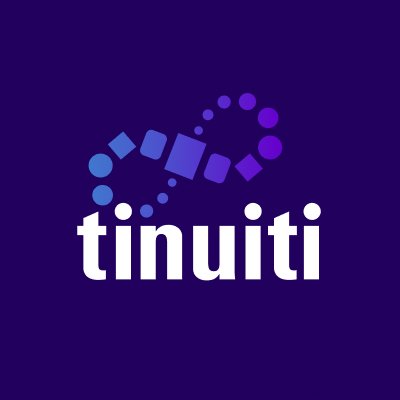Become Familiar With CLAT Exam Syllabus
Get a Proper Understanding of 5 Sections of CLAT exam and Get Into Your Dream NLU

A syllabus is a set of topics. In this, candidates find those topics from which the exam questions are curated. This is the backbone of any exam. Even if we talk about mock tests, test series, and sample papers, all these papers are made on the basis of the syllabus. If any candidate wants to crack any exam, they have to first understand each topic, and after that, they have to work hard on that topic's questions. The difference between a successful candidate and an unsuccessful candidate is basic understanding and mastering of topics. I hope you know the value of the syllabus. In this article, we will discuss one of the best syllabi which helps candidates in getting into top NLUs all over India, which is the CLAT Syllabus 2026.
Why is CLAT Entrance Exam Syllabus Important
If candidates want to crack the CLAT exam, they first have to go through five sections. We will discuss these sections briefly in this article. In these sections, candidates get all topics from which NLUs pick topics to curate the questions. If candidates understand these topics, then they can go for a clat mock test for analysis of their performance. Why analysis? Because in the analysis, candidates get to know about their weak areas and work on them to get success in the exam. If candidates want to start their preparation for an exam, they first have to understand the CLAT exam pattern, then the CLAT Exam Syllabus, and then practice papers that provide questions of the same difficulty level as the CLAT exam. If candidates want to get a seat into their dream NLU, then they have to work hard and give proper time for exam preparation.
Section Topics
1. English Language
Reading comprehension, Theme detection, Author’s opinion, Fact vs opinion, Vocabulary in context, Grammar rules, Transformation of sentences, Sentence correction, One-word substitution, Sentence rearrangement, Analogies in vocabulary, Cloze tests, Match the columns (vocabulary-based), Homonyms, Homophones, Phrasal verbs, Collocations, Word usage in different contexts, Inference-based vocabulary, Tone and attitude analysis, Logical arrangement of ideas
2. Current Affairs & General Knowledge
Events of national and international importance, Government policies, Constitutional developments, Supreme Court judgments, Legislative developments, Political developments, Summits and conferences, Books and authors, Important committees and commissions, Cultural events and heritage sites, International disputes and treaties, Climate change and environmental affairs, Science inventions and Nobel Prizes, Sports tournaments, Budget and economic survey, Defence and security issues, National symbols and their significance
3. Legal Reasoning
Legal comprehension passages, Facts and rules application, Legal logic and vocabulary, Distinction between legal and moral reasoning, Principle-fact based questions, Critical thinking patterns, Legal awareness and constitutional articles, Understanding legal rights and duties, Juvenile Justice Act overview, Cyber law fundamentals, Right to Information Act basics, Consumer Protection Act basics, Law and social justice, Legal aid provisions, Fundamental Rights and DPSPs, Writs and remedies, Role of judiciary and legal institutions, Law of evidence overview
4. Logical Reasoning
Logical deduction, Binary logic, Matrix arrangements, Puzzle tests, Visual reasoning (if applicable), Critical thinking patterns, Assumptions and implications, Symbol-based logic, Odd one out, Coded relationships, Conditional statements, Logical puzzles with constraints, Deriving conclusions from short passages, Matching logic patterns, Decision-making
5. Quantitative Techniques
Basic numeracy, Arithmetic word problems, Charts interpretation, Statistics basics, Frequency distribution, Cumulative frequency, Mode, median, mean, Percentage change, Data arrangement and quantitative comparison, Graph-based data comparison, Calculation tricks, Number properties and divisibility rules, Decimals and fractions, Square roots and cube roots, Unitary method, Quantitative aptitude-based logical puzzles, Time zones and time conversions, Boat and stream problems, Pipes and cisterns
Conclusion
Candidates should understand the CLAT Course Syllabus and work on it so that they can crack the CLAT exam. In India, 24 NLUs provide direct admission to their courses through this one exam. Candidates have to analyse their problems and work on them. In the exam, candidates should have a good understanding of every topic, and they must solve all these within the given time limit. If candidates fail to solve the exam in the given time limit, then they should expect failure in getting into their dream NLUs.

























































































































































